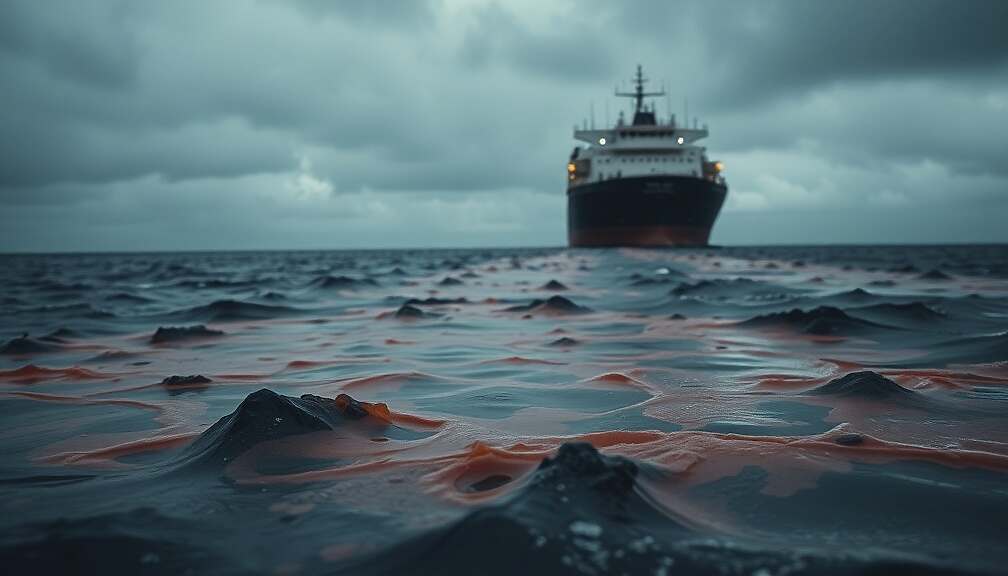The maritime disaster involving two oil tankers in the Black Sea off the Russian coast appears to have resulted in more extensive damage than initially acknowledged by Russian authorities. Approximately seven months after the incident, reports indicate that toxic oil clumps continue to wash ashore. Significant quantities of oil, estimated in thousands of liters, remain trapped within the sunken vessels and have yet to be recovered.
Concerns have also arisen regarding the potential misrepresentation of the cargo carried by the tankers. Investigations suggest the vessels may have transported more hazardous and less biodegradable heavy oil varieties than previously stated, contradicting the declared cargo of relatively lighter M-100 heavy oil. Crucially, the detailed findings from roughly 8,000 samples collected by the Russian consumer protection agency regarding the beached oil have not been publicly released.
Analysis of the tankers’ documented routes indicates that at least one of the vessels, deemed unsuitable for deep-sea navigation, may have loaded particularly harmful heavy oil in Rostov-on-Don. Research conducted near a local refinery further supports this possibility.
Speculation is circulating that the tankers may have been involved in secretly transferring cargo to a larger ship operating within Russia’s shadow fleet. This network is reportedly utilized to transport unrefined heavy oil globally, obscuring its origin.
The tankers, both over 50 years old, encountered severe weather conditions in the Kerch Strait, between the Russian mainland and the Crimean Peninsula, annexed by Moscow, in mid-December. The “Volgoneft 212” sustained hull damage, resulting in its fragmentation and sinking. The “Volgoneft 239” also broke apart, with its stern running aground close to the coastline.
Russian authorities have already removed approximately 170,000 tons of contaminated sand from the affected region along the Black Sea and have restricted access to around 150 beaches. However, local residents report continued bathing along the affected shorelines, raising concerns that the public is not being adequately informed about the risks associated with the ongoing oil contamination and the composition of the oil slicks. Environmental groups allege a lack of transparency regarding the true extent of the dangers.












